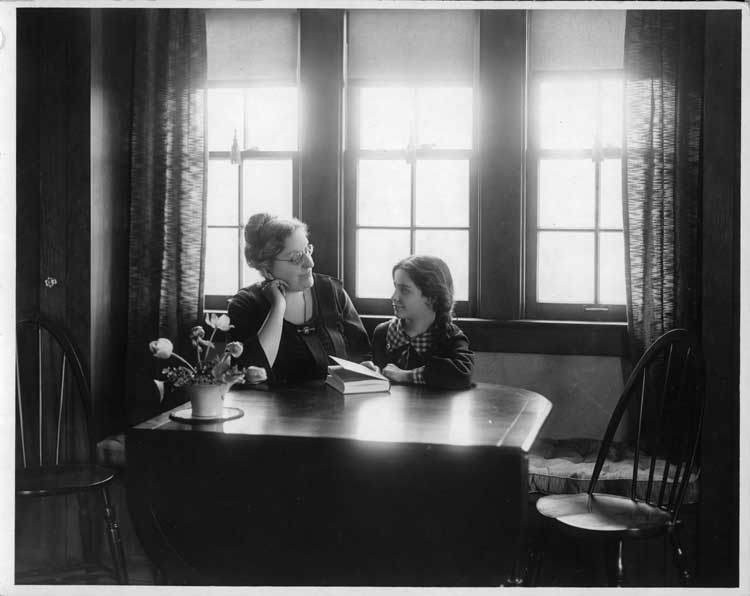Deb heard about this blog and what we were trying to do to connect, inform, and encourage parents in the area of options available to people with multiple/severe disabilities. Deb sat down with me to share what many would call a “success story” about the life of her 36-year-old daughter, Jenny, who has grown up with down’s syndrome.
Deb advocated, “There is so much more available now for these kinds of kids than there was 36 years ago. As a parent, it’s up to you to find those things out. What kind of life do you want for your child?” Deb shared about what it was like to have your first child be diagnosed with Down’s Syndrome; the anxiety, disappointment, joys, fears, and determination one must have to overcome each obstacle. She and a group of mom’s with children that had special needs got together and began writing letters to the state asking for them to begin programs, schools, and services for their kids.
For this family, it took them a while to learn that “Jenny wants to do the same things we want to do”. Jenny attends camps in the summer where she horseback rides, swims, and meets new people (all favorite hobbies for Jenny). It may be time to change our definition of “independence”. So, what does that look like at home?
Growing Up

When Jenny reached her 30’s and attended her brother’s wedding, something inside of her changed. All of the sudden the woman inside her bubbled up, and the desire to “grow up” emerged. Now, Jenny hopes to be married someday. To prepare her for her future, her parents have transformed their walk out basement to a master suite. It has Jenny’s very own bedroom and bathroom, living room, TV and movies, laundry, but no kitchen. Every afternoon when Jenny comes home from working at Gateway (an employment agency for people with special needs), she vacuums and cleans her apartment, watches some TV, and when her mom gets home from work she will come upstairs to have a cup of tea and visit before dinner. When Dad comes home, all three get to work in the kitchen for a collaborated effort in making a meal! The only problem with this set up, is when Mom and Dad are ready to go out on a date. They will order Jenny dinner and a movie… but she will sneak upstairs and eat food out of the refrigerator!











